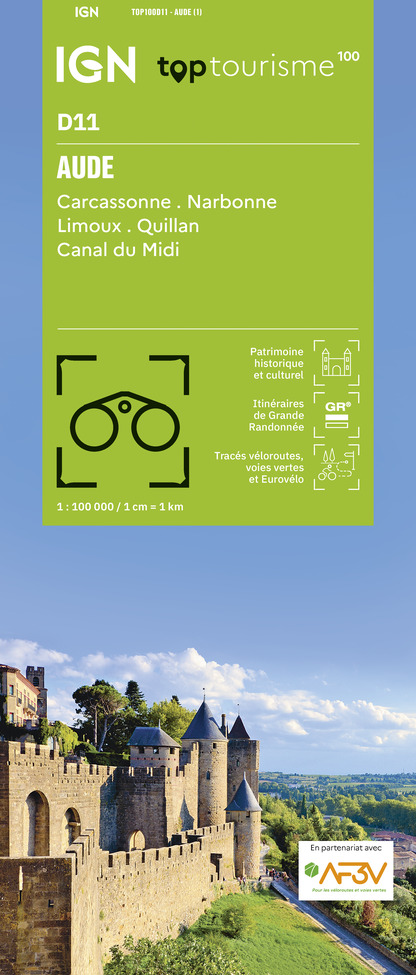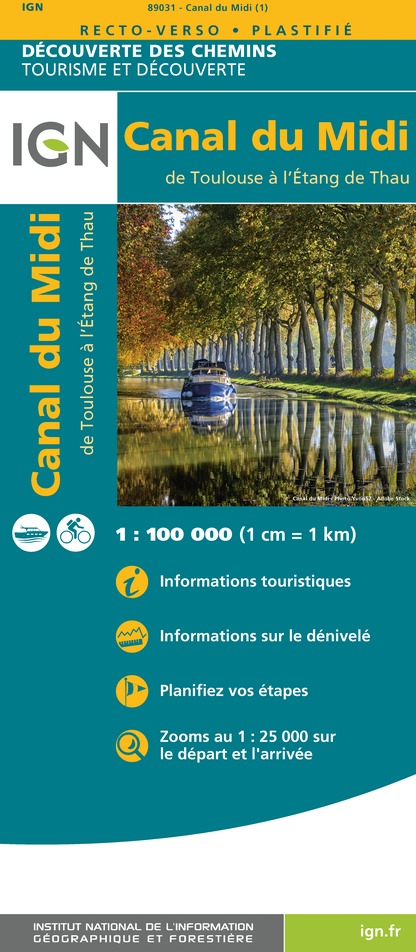Alert
Alerts
On the banks of the Lampy










IGN cards







Description
This trail goes down from the village into the Lampy valley, discovering the river and the leisure lake.
Signs: Yellow markings
Pass in front of the towers and then on the panoramic terrace in front of the town hall. You have the choice between the stairs on the left or the path straight ahead, you will end up at the same point!
Cross the small road, go down the stairs opposite then join the parking lot on the other side of the D4 down the village.
Go in the direction of the bridge and pass over it.
On the outside of the bend, a variant of about 1.2km aller-retour will give you a very nice view of the village and the Pyrenees.
Taking the bend, cross the road and take a track on the edge of the woods towards the banks of the Lampy.
Further on, at the level of the footbridge, it is advised to you in summer time to follow the small loop in undergrowth which is very pleasant!
On the way back, cross the river by the footbridge and turn right towards the lake by going around it.
Cross the D34 in order to follow a small road going up slowly.
You will then alternate tarred and earthy sections to reach the heart of the village.
Technical Information
Altimetric profile
Starting point
Additional information
Departure
Saint Martin le Vieil - La pierre de Carsac
Arrival
Saint Martin le Vieil - La pierre de Carsac
Ambiance
The village of Saint-Martin-le-Vieil has a unique underground heritage in the department of Aude, as there are thirty-six cave dwellings (locally known as "cruzels"). There are also capitelles, some hidden in the woods, a refreshing river feeding a shady lake, the towers of a ruined castle, placed in the centre of a space arranged on the theme of medieval imagination in art and literature.
Access
Arriving by the D34 from Alzonne, or by the D4 from Bram or Cenne Monesties. Departure in the village, located near the towers, under the rose window of the medieval-inspired garden
Advised parking
Parking en bas du village à côté de la D4
Public transport
RTCA - Ligne B
Advice
The route passes through the village and allows you to see the ruins of the castle that once housed Cathars and the "cruzels" (troglodytic dwellings probably used as an abbey by Benedictine monks before the 9th century).
Data author
